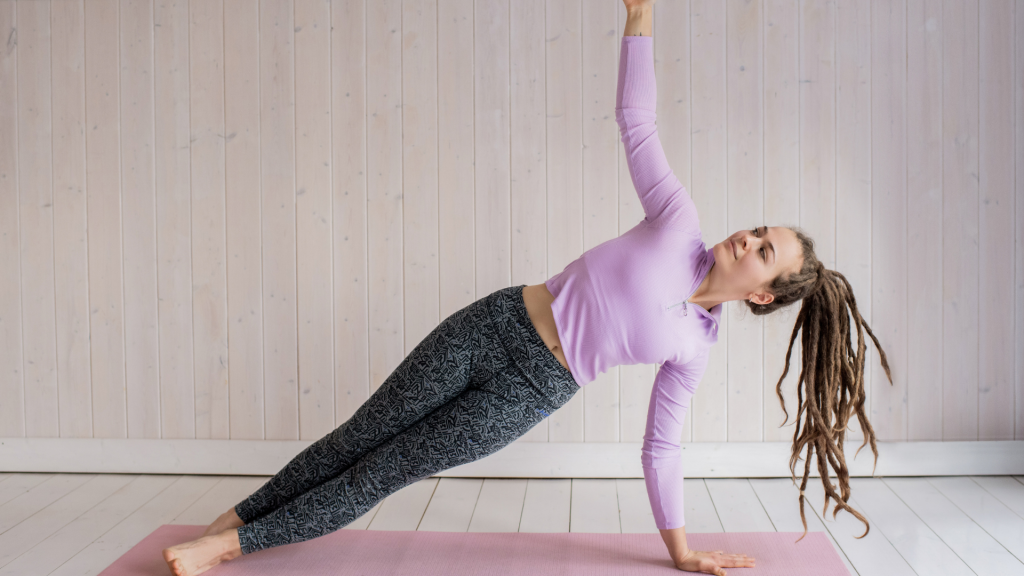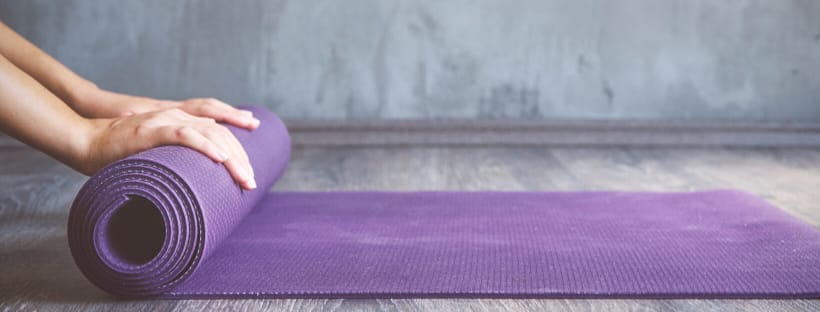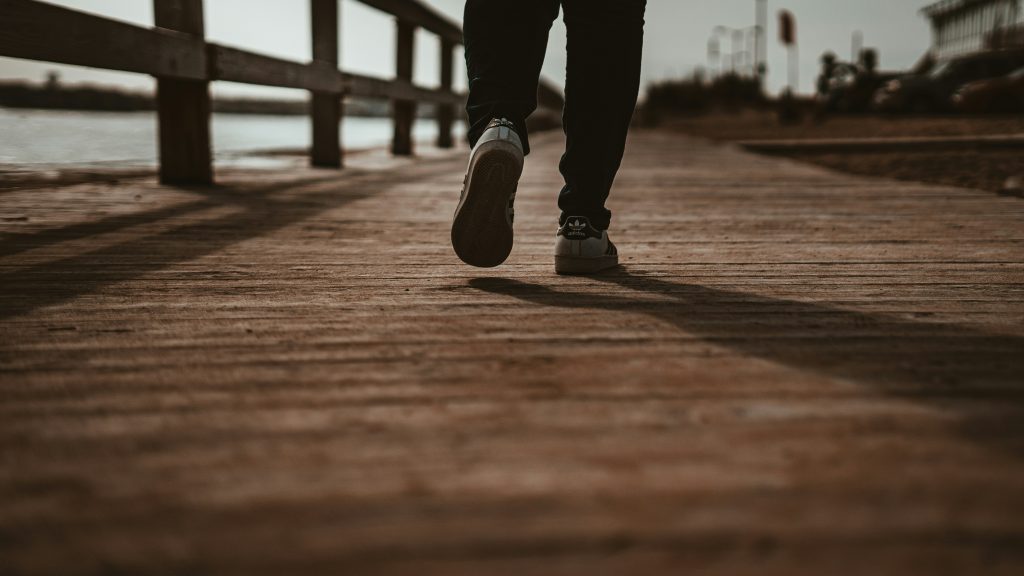Weekly Update
Who decided we should walk 10,000 steps a day?
The recommendation to walk 10,000 steps a day can be traced back to a marketing campaign in Japan.
In the mid-1960s, a Japanese company called Yamasa introduced a pedometer named “Manpo-kei,” which translates to “10,000 steps meter.”
This marketing campaign was launched in conjunction with the Tokyo Olympics in 1964 to promote walking and fitness among the general public.
10,000 steps was chosen because it was catchy and easy to remember, not necessarily based on scientific evidence
Over time, this recommendation gained popularity and became a general fitness goal worldwide.
The specific health benefits of walking 10,000 steps a day can vary from person to person.
Modern research has supported the idea that regular physical activity, including walking, is beneficial for health, but the exact number of steps needed can differ.
Some studies suggest benefits can be seen with fewer than 10,000 steps, while others highlight additional benefits with higher activity levels.
How to achieve 10,000 steps a day
Commuting
- Walking to and from a bus stop or train station: 1,000 to 2,000 steps
- Walking from the car park to the office: 500 to 1,000 steps
- The school run – 1,000-2,000 steps (if walking)
Workday Movement
- Walking around the office: 1,000 to 3,000 steps
- Taking stairs instead of the lift: 500 to 1,000 steps
- Walking during lunch breaks or to meetings: 1,000 to 2,000 steps
Errands
- Walking around the supermarket or running other errands: 1,000 to 2,000 steps
Exercise
- A dedicated walk or jog: 3,000 to 6,000 steps
- Walking the dog: 1,000 to 2,000 steps
Leisure Activities
- A walk in the park: 1,000 to 3,000 steps
- Walking while shopping: 1,000 to 2,000 steps
Household Chores
- Such as cleaning, gardening, or doing laundry: 1,000 to 2,000 steps
Getting in 10,000 steps a day usually requires deliberate effort, especially for those with sedentary jobs.
Incorporating more walking into daily routines, such as parking farther away, taking the stairs, and adding a dedicated walking session, can help reach this goal.
How many steps do you do?
Sam ‘counting my steps’ Hobbs



